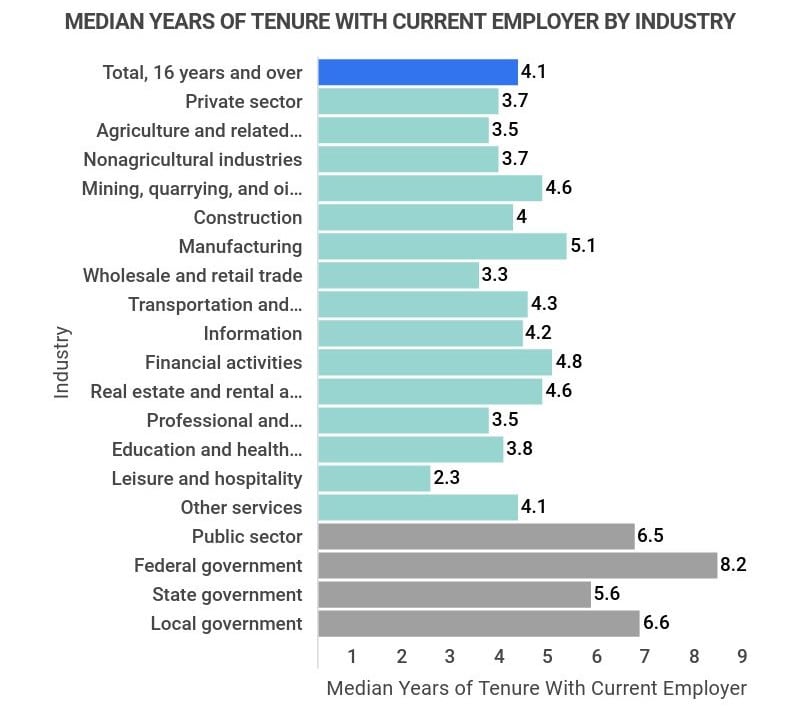How Modern Workforces Are Reshaping Career Growth vs. Comfort Dilemmas
December 2024 15 min readData-Driven Analysis

The Workforce Revolution
The traditional career model of climbing a single corporate ladder for decades is rapidly becoming obsolete. Today’s workforce, led by Generation Z and millennials, is embracing a fundamentally different approach to career advancement: strategic job hopping. This shift represents more than just changing jobs—it’s a complete reimagining of how professionals build successful careers in the modern economy.
Recent data reveals that 64% of job hoppers report that frequent moves accelerate their career mobility, while 48% of U.S. employees are actively seeking new roles. This isn’t workplace fickleness—it’s intelligent adaptation to economic realities that reward agility over loyalty.
Career Acceleration
64%
of job hoppers say frequent moves boost career mobility
Salary Growth
35%
salary increase for job hoppers over 3 years
Gen Z Average
18
months average job tenure for Gen Z professionals
Salary Growth: Job Hoppers vs. Tenured Employees

Data shows job hoppers receive twice as many raises and significantly higher salary increases compared to employees who stay with the same employer.
Generational Workforce Mentality
Generation Z (18-26)
- Changes jobs every 18 months on average
- 90% are considering job changes
- 27% plan to job hop within the next year
- Prioritizes skill diversification over loyalty
Millennials (27-42)
- 21% changed jobs within the past year
- 92% are considering job changes
- 3x higher job change rate than older generations
- Balances growth with financial security

The Job Hopping Phenomenon

70% of U.S. workers are now open to changing jobs, marking a significant shift in workforce mentality toward career mobility.
Career Growth vs. Comfort: The Modern Dilemma
Growth-Oriented Mindset
- 15% average salary increase per job change
- Rapid skill acquisition and diversification
- Expanded professional networks
- Exposure to different industries and cultures
- Enhanced market adaptability
Comfort-Focused Approach
- 3-5% annual salary increases
- Deeper expertise in single domain
- Established workplace relationships
- Limited skill diversification
- Potential career stagnation risks
Key Insight
The data overwhelmingly supports strategic job mobility over extended tenure. With job hoppers experiencing 35% salary growth over three years compared to modest annual increases for long-term employees, the financial case for career mobility is compelling. However, success requires strategic planning rather than impulsive job changes.
From Career Ladders to Career Lattices

Traditional Career Ladder
- • Linear progression within one organization
- • Emphasis on tenure and loyalty
- • Limited lateral movement opportunities
- • Slower advancement based on hierarchy
Modern Career Lattice
- • Multi-directional career paths
- • Skills-based progression across organizations
- • Lateral moves for skill diversification
- • Rapid advancement through strategic mobility
Industry Tenure Variations

Job tenure varies significantly across industries, reflecting different career dynamics and mobility patterns. Technology sectors typically see shorter tenures due to rapid innovation cycles, while traditional industries maintain longer average stays. Understanding these patterns helps professionals make informed decisions about their career mobility strategies.
Primary Motivations for Job Changes

Strategic Job Hopping Framework
Before Making the Move
- Conduct comprehensive career assessment
- Analyze market conditions and opportunities
- Ensure 12-18 months minimum tenure
- Build strong professional relationships
Maximizing Success
- Focus on skill acquisition over salary alone
- Maintain positive relationships with former employers
- Document achievements and learnings
- Build a diverse professional network
The Employer Response
37%
of recruiters still view job hopping as a red flag
60%
of organizations now allow flexible remote work arrangements
52%
of employees prefer hybrid working models
Progressive employers are adapting by focusing on employee experience optimization, offering accelerated development opportunities, and designing roles with 18-month learning curves. Companies that resist this shift struggle to attract and retain top talent in today’s competitive market.
Future Workforce Predictions
Continued Mobility Increase
Job mobility is expected to increase further as remote work eliminates geographical constraints and skills-based hiring becomes the norm. The average job tenure is projected to decrease to 2-3 years across most industries by 2030.
Skills-Based Economy
Organizations will increasingly focus on specific competencies rather than employment history length. Professionals who can demonstrate continuous learning and adaptation will command premium compensation.
Flexible Career Architectures
Companies will develop more flexible career architectures, including boomerang policies, alumni networks, and project-based collaborations to maintain relationships with mobile talent.
Key Takeaways
For Professionals
- • Strategic job mobility can accelerate career growth and salary increases
- • Focus on skill diversification over tenure-based advancement
- • Maintain professional relationships across all positions
- • Time career moves strategically based on market conditions
- • Build a strong personal brand and professional network
For Employers
- • Adapt hiring practices to value diverse experience
- • Create accelerated development pathways
- • Implement flexible work arrangements
- • Maintain positive relationships with departing employees
- • Focus on employee experience optimization
The New Career Reality
The shift toward strategic job mobility represents a fundamental change in how professionals approach career development. With compelling data showing 64% of job hoppers experiencing accelerated career progression and 35% salary increases over three years, the traditional model of long-term employer loyalty is being replaced by intelligent career mobility.
Generation Z and millennials are leading this transformation, recognizing that security in today’s economy comes from adaptability and diverse skill sets rather than tenure with a single employer. Their approach of changing jobs every 18-24 months isn’t workplace fickleness—it’s strategic career optimization.
The future belongs to professionals who can navigate career lattices rather than climb traditional ladders, building diverse experiences that create resilient, high-value careers in an ever-changing economy.
Data compiled from Forbes, LinkedIn, Gallup, Bureau of Labor Statistics, and multiple workforce surveys conducted in 2024.
Published: December 2024 | Tags: Career Development, Job Market Trends, Workforce Analytics, Professional GrowthMade with Genspark


